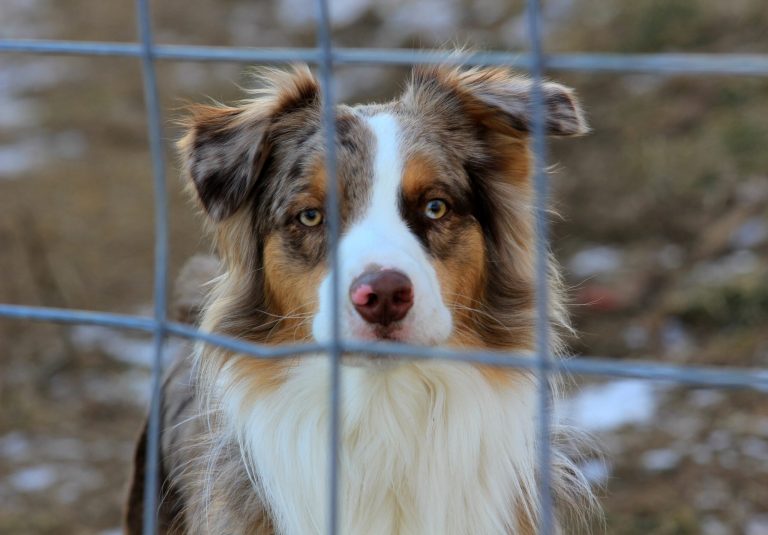For years, the public and animal shelters alike have celebrated transporting animals between communities to get them adopted—but is that really the best solution?
Years ago, Dr. Cynthia Karsten was working with a shelter in California that was full of small dogs, some who had been there for a very long time, and she had a realization: If these dogs were at an animal shelter in the Midwest, the shelter would be empty. There weren’t a lot of small dogs in the Midwest, and people wanted them.
So it seemed like an obvious solution: Bring these dogs from California, where they were at risk of euthanasia, to animal shelters in the Midwest, and they’ll find homes.
It was kind of like a real estate problem, said Karsten.
“It’s location, location, location,” she adds. “[There were] places of too many animals and not enough homes, and then there were places with too many homes and not enough animals.”
Over the years, Karsten was instrumental in facilitating the transport of thousands of dogs from California to the Midwest, and many animal shelters followed suit.
The practice of transport—bringing animals from crowded source shelters to less crowded destination shelters—has been a major component of the animal sheltering field in the United States. It has helped save animals’ lives, but there have been some unintended consequences.
Now experts in the field—including Karsten herself—are looking for solutions that better serve both animals and people. Karsten, who is now the outreach veterinarian with the UC Davis Koret Shelter Medicine Program, discussed the topic with Panhandle Animal Shelter Executive Director Mandy Evans in the podcast, People Are Animals Too, Darnit!
Good communities vs. Bad Communities
To be clear, animal shelters and industry leaders transport animals with the best of intentions, and it has—and does—save animals from euthanasia.
“I thought it was a great solution for a long time,” said Karsten. “I was so proud of what we did and all the animals we were saving.”
But the downside of transport has become increasingly clear, she said.
It has perpetuated mistrust and bias toward source shelter communities. Transports operate under the inherent assumption that source communities are “bad,” and that they do not want the animals in their communities and cannot take care of them. The destination community is the savior that provides “better” homes for animals.
Instead of keeping wonderful companion animals in the communities they came from, they are getting sent away, said Karsten.
Another downside of transport is that it is a reactive, stopgap measure; it’s not a long-term solution. It doesn’t address the root cause of why there are supposedly too many animals and not enough homes for them in a community.
“How does just taking [animals] actually address that problem?” asked Karsten.
Finding new solutions
To find new solutions, animal shelters need to challenge assumptions they’ve been making and continue to make about the problem they’re trying to solve. Is the problem really that there are too many animals and/or not enough homes?
Maybe shelter leaders think there aren’t enough homes for animals in the community because animals end up at the shelter in the first place. But maybe more programs are needed to help keep pets in their homes with owners and prevent surrenders, like pet food banks, low-cost, accessible veterinary care and behavior support.
Or, it might be a matter of a perspective shift, away from a “negativity bias” that makes shelter staff upset with people who come to the shelter to surrender animals, said Karsten.
“That would kind of be like working in a hospital and getting upset with people for coming in because they’re sick,” she said. “…Remember, there are tons of people in your community who never need you.”
Finally, maybe it seems like there aren’t enough homes because animal shelters have impossible requirements for adoption that rule out many community members.
It’s possible the shelter just needs to trust their community and remove requirements that prevent people from adopting, like having a fence, previously having a pet or not living with children, that don’t affect whether someone will provide a loving home.
In fact, as the COVID-19 crisis was unfolding, animal shelters had to remove these requirements to quickly get animals out of their facilities, when they were worried about operating during a pandemic. Many saw amazing results, with community members stepping up to provide great homes for animals.
Destination shelters, too, can start to rethink their roles in the community. Instead of operating as large adoption centers and transporting animals from other shelters to fulfill that mission, maybe they can start to focus more on providing resources and information to community members who already live with pets.
Overall, if source shelters start looking to their communities more, they’ll build up relationships and support, said Karsten.
After all, she added: “I can’t believe that it doesn’t feel just as good to do a great adoption as it does to put 50 animals on a plane.”

